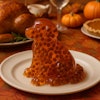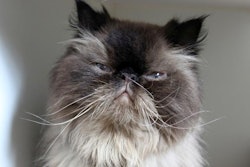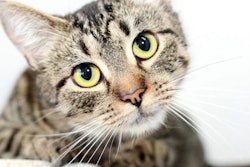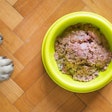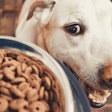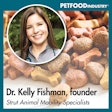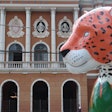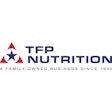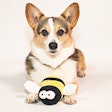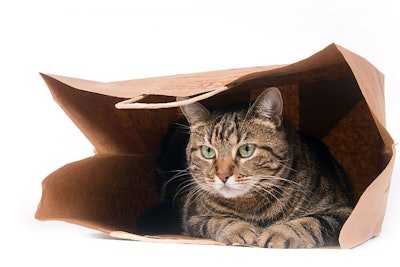
Besides hiding in an empty bag, animals pay little attention to pet food packaging. Humans do though, and that first impression can influence their purchasing decisions. As brand loyalty declines and product diversity increases, pet food packaging needs to grab eyes. Both in physical stores and online, where shelf placement no longer helps to differentiate products, images and words on pet food packaging helps innovative pet foods and treats with novel ingredients stand out. Beyond the actual pet foods, pet owners increasingly want to know about the ecological and social effects of their purchases. Packaging imagery and design help to convey a company’s ethos. Pet food packaging designers must anticipate pet owners’ reactions to their graphics and colors.
Pet food packaging for new products
To learn what pet owners respond to in pet food packaging, Matrix Partners Ltd, went straight to the source and asked. Their research team conducted more than 200 focus group sessions with pet owners since 2014 from a range of age demographics.
“In practically every session, we’ve presented alternate packaging designs and gauged how pet parents respond,” Dennis Abelson, chief creative officer for Matrix Partners. “We also test the relative appeal of different styles of social media ads. Our designers attend the focus group sessions, so they can see what resonates and what doesn’t for themselves. Through this process, we gain valuable insights into the emotional and functional appeal of our clients’ brands, prioritize purchase drivers, and stay on top of up-and-coming trends.”
That research paid off in April when Matrix won a Package Design Award from Graphic Design USA (GDUSA) for Caru Daily Dish Smoothies dog treats. The Smoothies are a paste of peanut butter or chicken and other ingredients. The product can be served directly from the tube, as a topper or frozen like a popsicle. George Wielgus and Natalie Murawski designed the packages, while Kelly Zenere, Matrix Partners’ social media manager, came up with the name Smoothies.
“We believe the clean, balanced composition is what initially caught the judges’ eyes,” Abelson said. “The distinctive vertical color panels not only contain key selling points, but serve as a backdrop for photos of pets enjoying these unique, lickable treats. Most pet owners are unfamiliar with this emerging category, so we knew we had to come up with a compelling way to demonstrate how these interactive snacks are served. Flanking the vertical central panels are clear windows so that the individual serving tubes can be seen.”
A swirling background pattern behind the logo has become a signature element in all the promotional pieces Matrix created for Caru. Likewise, the pouched packages used for the Smoothies, share a common brand identity with Caru Daily Dish broths and stews.
Packaging conveys pet food brand company image
Creating a brand identity was important to Caru when introducing their non-conventional product. Because, Animals faced a similar situation when developing a new look for their product packaging, which eventually will be made with cell-cultured meat, grown in vitro as opposed to on a farm.
“For us, one of the main objectives was that it has to stand out,” Joshua Errett, CFO and co-founder of Because, Animals, said. “There are no other brands making cultured meat for pets and our brand, from beginning to end, needs to reflect that. So, we didn’t want the stock photo of a perfect-looking dog or cat on the front of our package. That’s very typical in our industry.
“In terms of conveying our company ethos, our new look, futuristic imagery paired with cute dog and cat illustrations and wholesome ingredients, marries those two objectives and illustrates who we are: a forward-thinking pet brand that prioritizes pet health right alongside the health of the planet and other animals.”
Specifically, that means dogs in sidecars zooming towards a brighter horizon, rocket ships blasting off and pets leaping and gazing towards a sunnier future, he said. The color palette too was meant to reflect ecological awareness with sunshine yellow, Earth green, sky blue.
“Intensive animal agriculture takes a staggering toll on the environment,” Errett said. “It’s the leading cause of climate change, and takes up nearly half of the inhabitable land in the United States. Cultured meat on the other hand means no mass environmental damage and waste of natural resources, in addition to the multitude of other benefits.”

